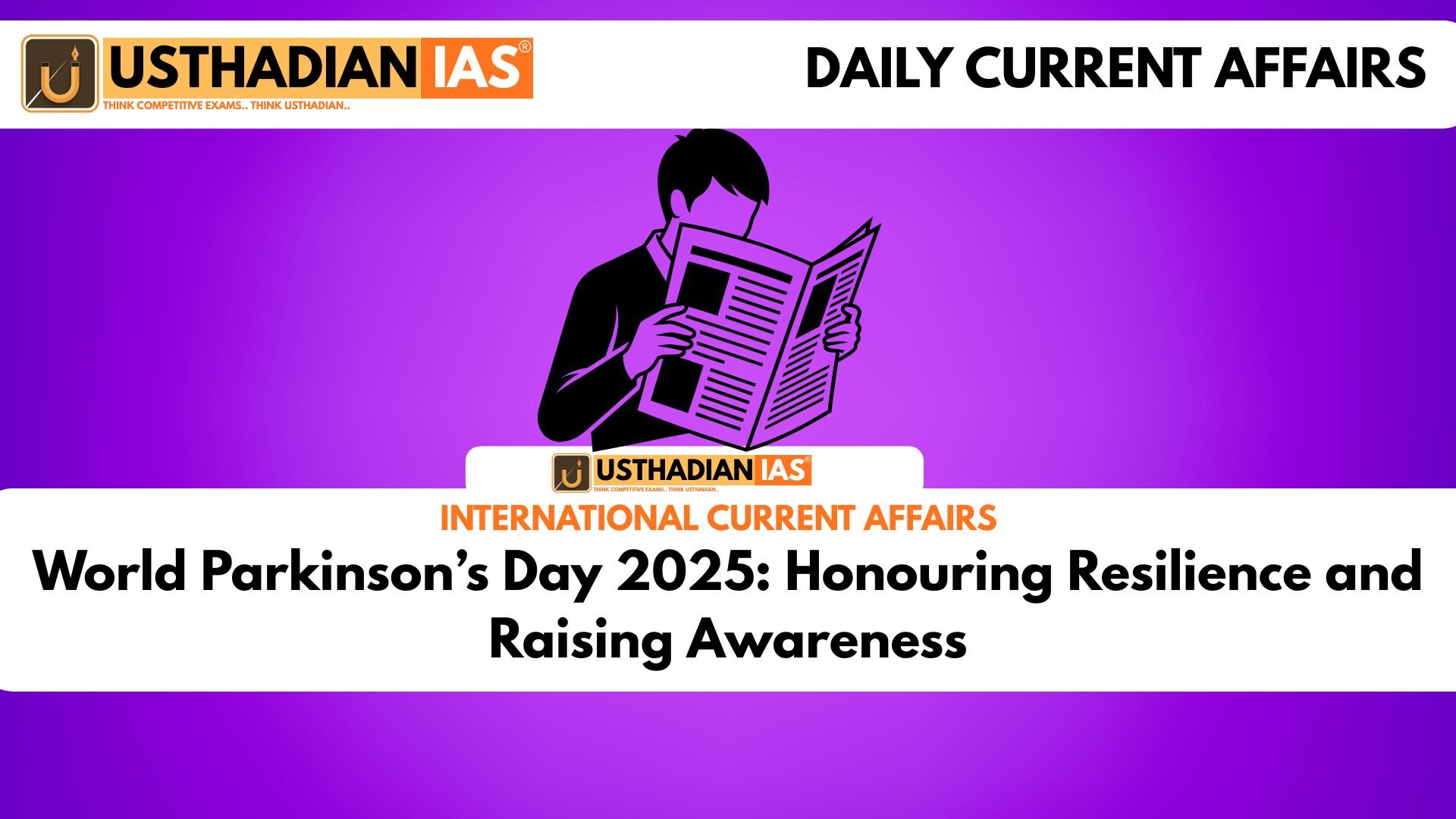Why April 11 Matters to Millions
World Parkinson’s Day 2025: Honouring Resilience and Raising Awareness: Each year, April 11 is observed as World Parkinson’s Day, marking the birth anniversary of Dr. James Parkinson, who first described the disease in 1817. Recognized officially since 1997 by Parkinson’s Europe and WHO, the day spreads awareness about this progressive neurological disorder. The red tulip, a powerful global symbol of Parkinson’s, signifies strength and unity in the face of adversity.
Understanding Parkinson’s Disease
Parkinson’s is a neurodegenerative condition caused by the loss of dopamine-producing neurons, primarily in the brain’s substantia nigra. This leads to both motor issues like tremors and stiffness and non-motor symptoms like depression and sleep disorders. Over 10 million people globally live with Parkinson’s, including around 1 million in India. Although mostly diagnosed after age 60, 10–15% of cases affect younger individuals, making awareness crucial across age groups.
Symptoms and Stages You Should Know
Early symptoms are often overlooked or mistaken for aging. Patients may experience shaking hands, muscle rigidity, and balance difficulties. Non-motor signs include memory loss, constipation, and even a loss of smell or taste. The disease progresses in five stages, from mild symptoms on one side of the body to full dependence or being bedridden in Stage 5. Timely diagnosis through neurological exams, DaTscans, and patient history is key to managing progression.
Treatment Options and Life with Parkinson’s
Though there’s no cure yet, symptoms can be controlled through medications like Levodopa-Carbidopa, dopamine agonists, and MAO-B inhibitors. In advanced cases, Deep Brain Stimulation (DBS) is a surgical option. Equally important are lifestyle interventions—a balanced diet, physical activity, speech therapy, and strong emotional support systems. With the right care, many patients continue to lead independent and fulfilling lives.
The Purpose Behind the Observance
World Parkinson’s Day is not just a calendar date—it’s a global call to action. The 2025 focus on exercise and movement reminds us that lifestyle plays a huge role in quality of life. It’s about breaking stigma, encouraging early diagnosis, and pushing for more research and funding. Community-led awareness walks, online campaigns, and expert-led webinars amplify the voices of millions living with Parkinson’s.
STATIC GK SNAPSHOT
World Parkinson’s Day 2025: Honouring Resilience and Raising Awareness:
| Element | Details |
| Observed On | April 11 every year |
| Named After | Dr. James Parkinson (described disease in 1817) |
| Officially Established | 1997 by Parkinson’s Europe and the World Health Organization |
| Symbol | Red Tulip (introduced globally by Lizzie Graham) |
| Global Patients | Over 10 million |
| Patients in India | Nearly 1 million |
| Common Age Group | Mostly 60+ years, but 10–15% under 50 |
| Key Symptoms | Tremors, stiffness, memory loss, mood disorders, fatigue |
| Major Treatments | Levodopa, DBS, lifestyle therapy, physical & speech rehab |
| 2025 Awareness Focus | Exercise and movement for better quality of life |








